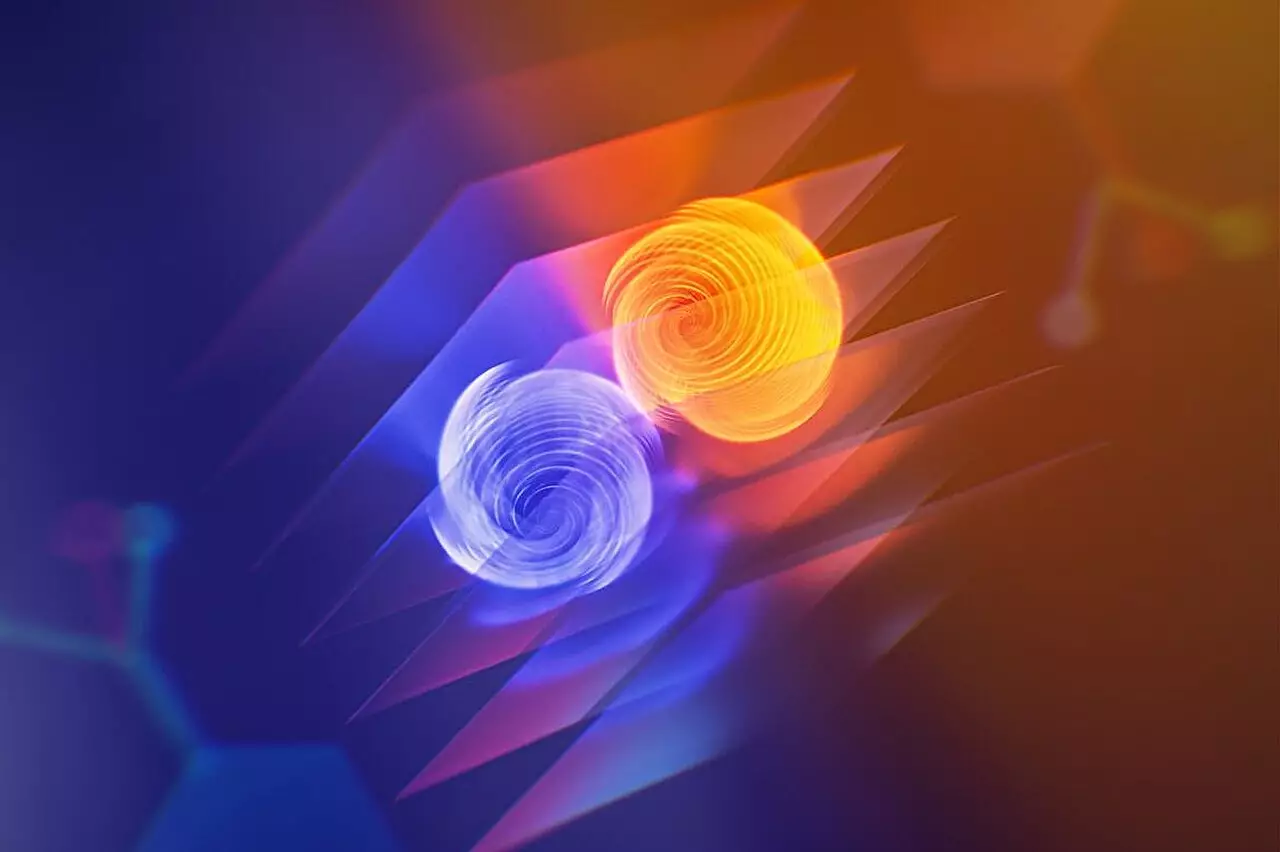Recent advancements from the California NanoSystems Institute at UCLA have unveiled an innovative material rooted in conventional superconductivity, breathing new life into the field of quantum computing. Superconductors have long fascinated scientists due to their potential to transport electrons without resistance, typically at extremely low temperatures. However, the breakthrough presented by this research team highlights a significant shift: a material that not only withstands higher magnetic fields than theorized for traditional superconductors but also entertains the intriguing superconducting diode effect. The implications of this discovery could reshape quantum computing, which harbors capabilities far beyond the limitations of traditional computing.
The Challenge of Conventional Superconductivity
Historically, conventional superconductors exhibit a critical deficiency; their superconducting properties collapse under the influence of strong magnetic fields. However, the novel hybrid material developed by the UCLA researchers challenges this paradigm. This new creation demonstrates superconductivity well beyond previous theoretical limits, thus opening the door to myriad potential applications in quantum computing. Such groundbreaking findings echo loudly in the context of quantum technologies, positioning this material as a cornerstone for future developments in computational power and efficiency.
What sets this material apart is its capacity to carry electrical currents differently when induced in opposite directions, a phenomenon not commonly observed in traditional superconductors. Under one direction, the material allows a substantially higher current before losing its superconducting status. This behavior exemplifies the superconducting diode effect, marking an important leap toward understanding and harnessing the intricate dynamics of quantum systems.
The Promise of Quantum Computing
At the heart of quantum computing lies the qubit, a fundamental unit that defies classical binary constraints by existing in multiple states simultaneously. Unlike bits in classical computing, which can only represent a zero or a one, qubits present an extraordinary opportunity for parallel processing that could exponentially enhance computational capabilities. Nevertheless, qubits are notoriously delicate, often succumbing to environmental disturbances that disrupt their quantum states.
The emergence of chiral superconductors appears to be a beacon of hope. These materials are theorized to bolster qubits’ integrity by enhancing their resistance to disturbances, thus prolonging the lifespan of the information they store. The implications for fields such as cryptography, artificial intelligence, and complex system simulations are staggering. As it stands, the growth of quantum computing hinges on overcoming the fragility of qubits, and the potential of chiral superconductors could be the key to that revolution.
Engineering Chiral Properties from Conventional Materials
The research team’s approach to engineering this advanced superconducting material reflects a blend of creative scientific inquiry and practical problem-solving. By constructing a lattice framework comprising alternating layers of conventional superconductors alongside specially designed molecular layers, they managed to coax traditional superconducting properties into performing like their chiral counterparts. This innovation lies in the lattice’s minute structure, where each layer interacts intricately to manifest the desired superconducting effects.
The minimal thickness of these layers poses a fascinating challenge; they are so thin that they reach the nanoscale. This strategy showcases the potential for repurposing widely available materials, a stark contrast to the rarity of naturally occurring chiral superconductors. By tapping into more accessible resources, researchers may pave the way for scalable production of chiral superconductors suitable for various technological applications.
Wider Implications for Technology
Aside from its quantum computing applications, this groundbreaking hybrid material demonstrates significant promise for enhancing conventional electronics. The superconducting diode effect can lead to faster operational speeds while concomitantly reducing energy consumption—an essential consideration in today’s ever-demanding technological landscape. This phenomenon may serve critical roles in specialized systems, such as advanced computers designed to operate in extreme conditions, like the frigid expanses of deep space.
As researchers continue to explore this domain, the potential for aligning unconventional superconducting behaviors with practical technology represents a monumental frontier. Unlocking the capabilities of chiral superconductors could not only propel quantum computing forward but also revolutionize a multitude of existing electronic systems.
The work done by the UCLA-led research team signifies more than just another academic achievement—it could be the catalyst that redefines our understanding of both superconductivity and quantum computing. Their hybrid material stands as a testament to ingenuity and perseverance, signifying that the next leap toward an era of unbreakable cybersecurity, advanced AI, and unprecedented simulations may finally be within reach.

